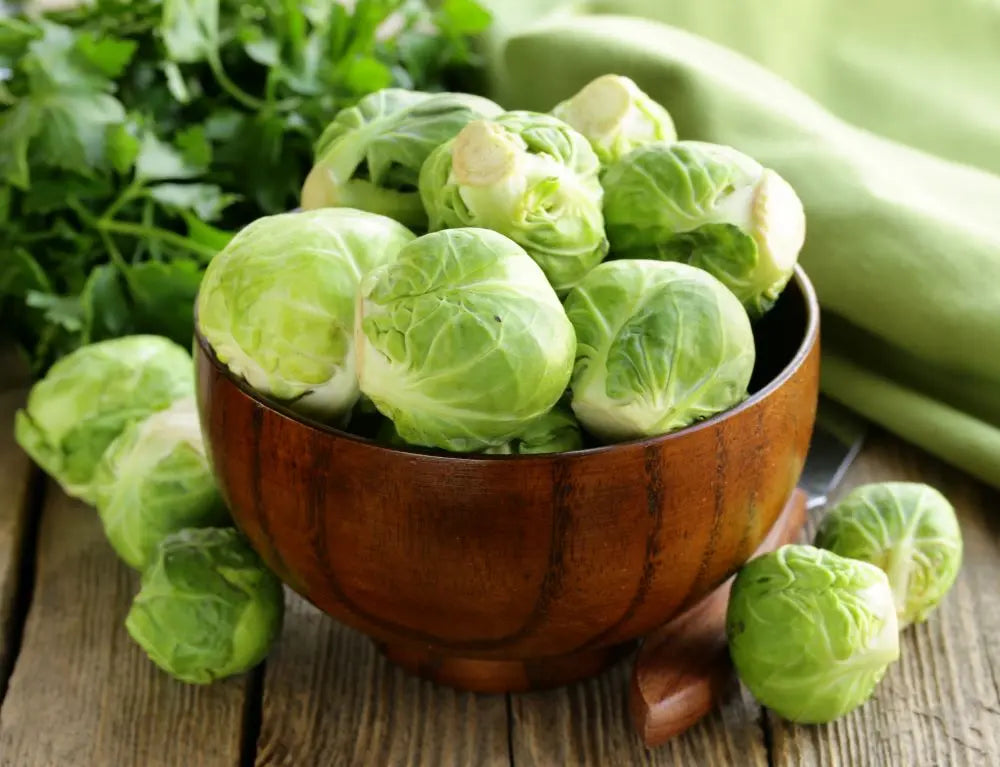From £6.99

Grow Your Own - February Jobs
What to Sow & Plant
Vegetables
Potatoes: By Seed potatoes and immediately start chitting them
Sow Seed Outdoors (Under Cloches, in mild areas with light soil)
- Broad Beans
- Carrots
- Parsnips
- Early Bettroot
- Salad
- Onions
- Lettuces
- Radish
- Peas
- Spinach
- Summer Cabbage
Sow Seed Indoors (from mid month)
- Tomato (if growing under glass)
- Cucumber (if growing under glass)
Plant Out (If soil is light and warm enough, leave heavy / wet soils)
- Garlic Sets
- Shallots Sets
- Jerusalem Artichoke tubers
Fruit
Get and plant new fruit trees, bushes, canes, and vines if the ground isn't frozen.
What is ready to harvest in March?
Vegetables
- Sprouting Broccoli
- Brussel Spruts
- Cabbage
- Celeriac
- Leeks
- Parsnips
- Swede
- Turnip
Fruit
- Citrus
Plants to Prune and Train
Set Tree Branches: It is time to untie festooned fruit tree branches that have been set into position.
Citrus: Prune Citrus trees
Last chance to prune:
- Apples
- Pears
- Medlars
- Quinces.
- Established Autumn fruiting Raspberries
- Red Currants
- White Currants
- Gooseberries
Raspberries: Prune newly planted plants back to 30cm. Tie back summer fruiting canes to 15cm above their top wire support.
Garden Problems, Pests & Diseases
Slugs: Any new fresh or young growth is especially at risk, continue your slug control especially around plants coming into growth.
Mice: Ensure stored vegetables are protected
Pigeons: Protect Brassicas from hungry pigeons
Fungus: Check for Grey Mould and Brassica Downy Mildew. Quickly removing yellowing leaves will help to prevent this.
Tidy Up: Get rid of all remaining dead plant debris from the vegetable plot, this gets the beds ready and also reduces the habitat for slugs and snails.
Digging: If you dig over your garden this can expose pests to frost and predatory birds.
Weeds: Clear around the bases of trees and bushes
Acid Soil?: Rake in lime to help reduce acidity
General care
Vegetables
Seedbeds: If you are using seedbeds, now is the itme to prepare them. Once ready cove with clear polythene or fleece to warm the soil prior to sowing.
Plan: Plan your seasons plantings, based on ideal location, crop rotation, and successions plans.
Asparagus: Prepare new beds
Feed: Spring cabbages will benefit from a high nitrogen feed
Digging: If you dig over your garden this can expose pests to frost and predatory birds. Avoid doing this in the wet
Fruit
Frost Protection: If possible protect fruit blossom from the frost whilst allowing insects access for pollination.
Strawberries: Cover outdoor grown with cloches to force and earlier crop
Top Dress: Sulphate or potash to all fruit if not already done.
